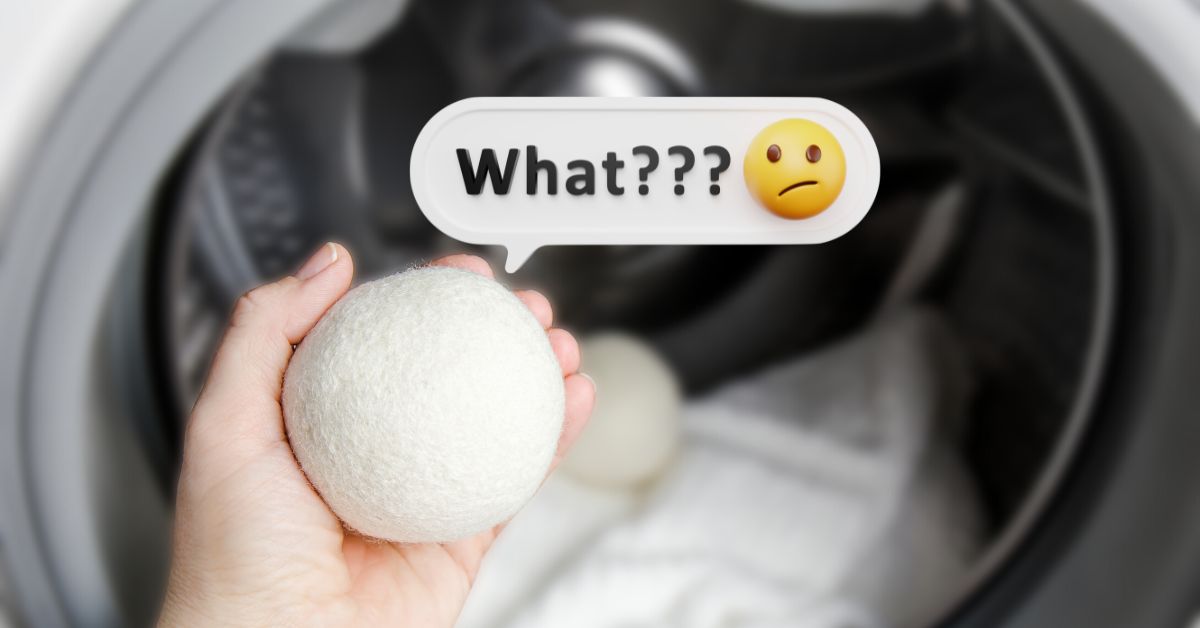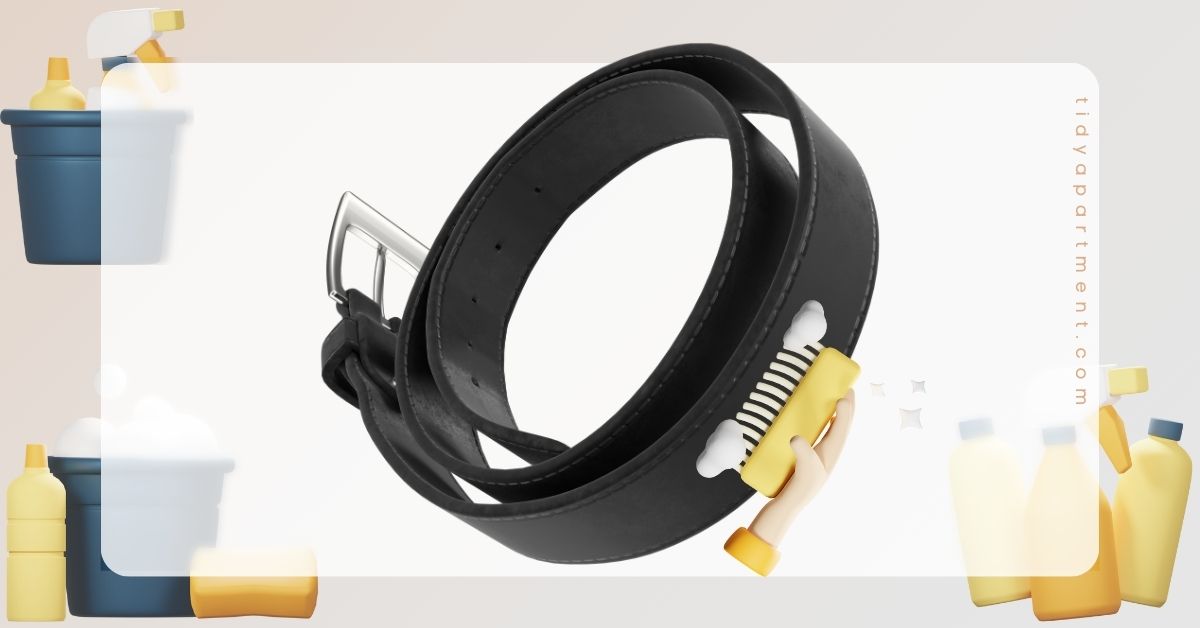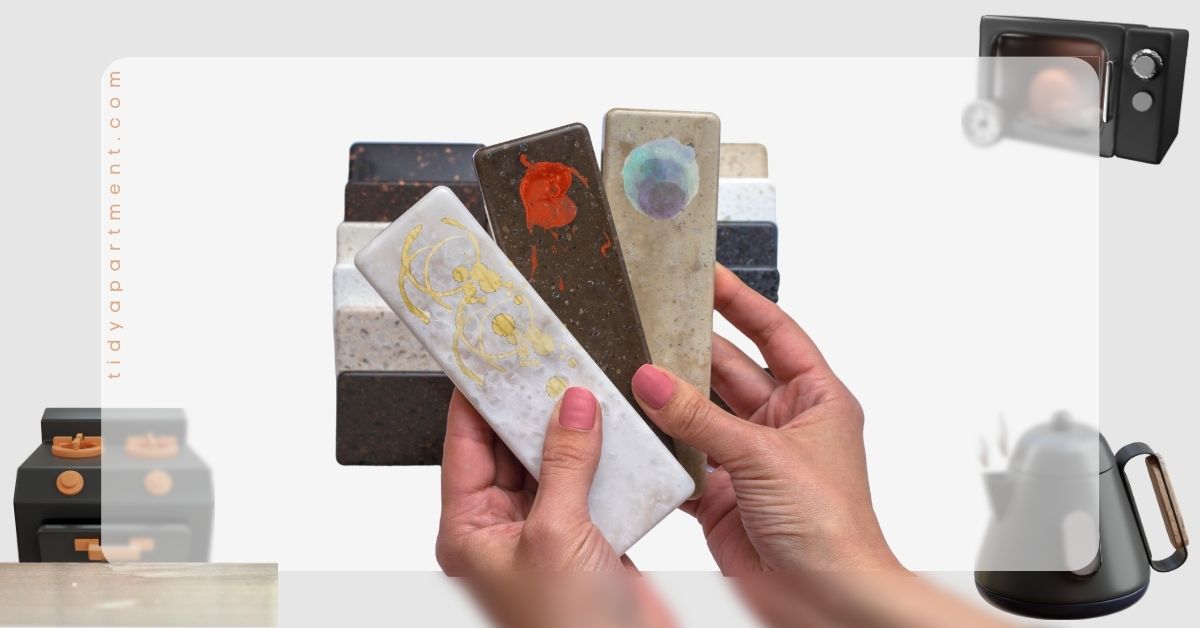Tiny holes in your clothes are only sometimes related to their quality. You might be surprised to know that bugs are the culprits. Yes, those little nuisances are making those holes in your clothes. When we think of cloth-eating bugs, the only bug that usually appears in our mind is a moth.
After extensive research over three months, we’ve identified 9 bugs that eat clothes and make holes. We’ve also shared the best ways to prevent these bugs from damaging your clothes.
Page Content
What Fabrics do Bugs Make Holes in?
Bugs eat in most fabrics, such as cotton, linen, wool, fur, hair, leather, feathers, mohair, silk, and synthetics.
Carpet beetle larvae and clothes moth larvae are the common culprits damaging various clothing items.
Carpet beetle larvae survive mostly on animal fabrics, such as fur, feather, hair, and wool. Soiled cotton, line, or synthetic fiber can attract carpet beetle larvae. A modern carpet made of synthetic material keeps away the carpet beetle larvae since they don’t have any natural elements within them.
Clothes moths mostly eat into fabrics, such as fur, feather, hair, and wool. They also feed on silk, leather, lint, and mohair, but only in a small amount. Moth larvae search for keratin protein, which is found in the skin, hair, and fingernails. However, they will feed only on the dead ones. An unclean fabric due to sweat or oil stains may become a feeding ground for these larvae.
Small Bugs That Eat Clothes and Make Holes
1. Cockroach

Cockroaches carry several contaminants and drop them whenever it runs. A cockroach is capable of damaging clothes or any other fabric. Laundry starch, sweat remnants, and stains from food and drink spillage attract cockroaches. The cockroach eating onto these stains weakens the fibers, resulting in a hole.
Tired of cockroaches making holes in clothes? Then you must read: How to Prevent Cockroaches in Clothes
2. Termite

The immediate thought that comes to our minds when we hear ‘termites’ is home and wooden material damage. However, termites are also harmful to clothes. Your body oil or food or drink spillage on your clothes attracts termites. Chomping by termites on spilled food or drink leads to having holes in your clothes.
Don’t know why ants are attracted to your clothes even after washing them? Then you must read: Get Rid of Ants From Clean Clothes
Have ants also infested your wardrobe? Then you must read: Get Rid Of Ants In Your Closet
3. Carpet Beetle
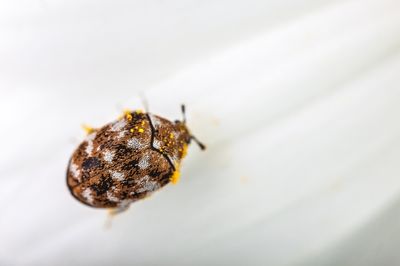
As of today, three species of carpet beetles exist. Their appearance is similar, except for the color pattern.
a. Common Carpet Beetles
Black, white, red, and orange scales are noticed in these beetles. Larvae of these beetles feature a color shade of reddish-brown and are clad in fine hairs.
b. Black Carpet Beetles
The body color of the adults of these species is solid black, and the legs are brownish. The adults may grow to a length of 1/8 to 3/16 inches. The body color of these larvae may be yellow to golden to dark brown. A tapered shape from the head to the rear is a peculiarity of these larvae.
c. Variegated Carpet Beetles
These species feature speckled or solid black, brown, white, or yellow-colored bodies. The length of these adults is 1/10 inch. The larvae have black or brown hairs, and they are elongated or oval-shaped.
The female beetles release soft, white eggs on surfaces such as carpets, furniture, clothing, and floor crevices. It takes about 8 to 15 days to hatch the eggs.
The hatching duration depends on the type of species. Hatching speeds up in warm weather. Typically a carpet beetle reproduces up to 4 times within one year.
There’s no harm from adult beetles. The larvae are those who feed on the fabric. Immediately after hatching, the larvae start feeding. The larvae creep from place to place while ruining wool, fur, mohair, and feathers. Larvae survive in dark and compact crevices, such as closets, air ducts, etc.
4. Case-Bearing Clothes Moth
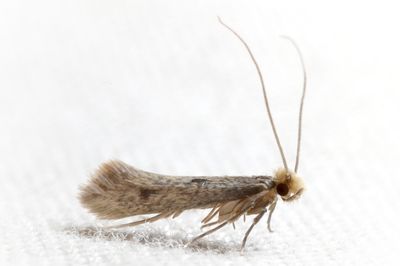
The case-bearing name comes as the larva encases itself in a protective case using wool and other fibers. The moth may feed on washrag, fur, hair, and wool.
The adult moth features a pale silvery-gray-brown color overlapped by dark spots. The length is a maximum of 1/4 inch long.
5. Cricket
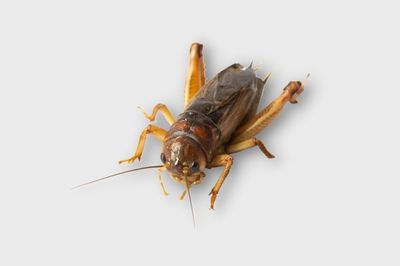
Crickets get attracted to laundry starch, food/drink spills, and body sweats. The fabrics are cut when they eat into the stain, resulting in a hole. You notice it after a wash. Crickets stain clothes with their droppings too. It’s better to rewash your clothes when you face such a situation.
6. Firebrat
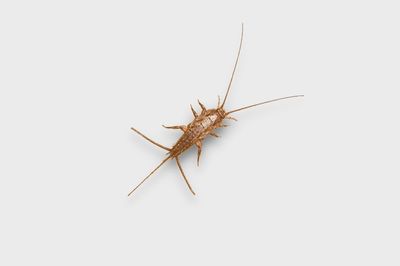
The firebrat features a brown cover with silver spots. They measure up to 1/4 to 1/2 inches. The firebrat doesn’t have wings and has a body shape resembling a carrot. Firebrats are night workers who love warm spaces with more than 90 degrees F temperature.
Firebrats will stay near a food source once they find it. They feed on cotton, linen, rayon, and all-starched clothing items. Stains from food/drink spills attract the firebrats.
7. Silverfish

Silverfish are known as cousins of the firebrat. They also don’t have wings and grow up to 1/2 to 3/4 inches long. Similar to firebrats, they are also carrot-shaped.
Silverfish love a dark room with a temperature of 70 degrees F. They also stay near a food source and work at night. Silverfish favor food stains, body soil, silk, cotton, rayon, and starched clothes.
8. Webbing Clothes Moth
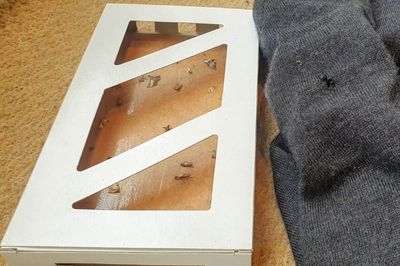
This moth is small with a faded golden color. The wing of this moth spreads to about 1/4 inch and is generally found in dark areas. These moths eat into wool, cashmere, or mohair clothing.
The female lays around 100 eggs that stick to the fabric. Once they hatch, they immediately start feeding from about 5 weeks to 2 years, depending on the food, humidity, and temperature. Eventually, they create a covering around themselves to become adult moths within 2 1/2 weeks. The reproduction reinitiates breeding numerous generations within one year.
9. Earwigs

Earwigs are categorized further into two types: Common earwigs and German earwigs.
Common earwig has a length of about 1 inch and is found outdoors or in gardens. The german earwig length is almost double that of a common earwig, 2 inches long. It loves to stay indoors and is found in homes. Both are harmful to your clothes.
Are you looking for ways to control bugs? Then you must read: How to Get Rid of Bugs That Eat Clothes.
What Can Be Done If Insects Have Already Eaten Holes in Your Clothes?
The remedial action depends on the amount of damage and the type of clothing eaten. It’s vital to take action immediately after noticing the infestation on your clothes. A delayed action might damage the clothes out of repair control.
A cloth with considerably less damage with a few tiny holes can be patched up using a sewing kit. Whereas, if the damage is more, there’s no other option than disposing of the clothes.
In addition, delicate or weightless clothing is out of scope for repairs.
Remember to wash the repaired clothes with hot water and disinfectant detergent before using them again.
What Are Some Simple Ways To Prevent Insects From Damaging Your Clothes?
As the saying goes, “A stitch in time saves nine.” Why wait for any damage if you know how to prevent that?
i. Inspect Your Clothes Before Storing It
You are just about to stack your washed clothes in your wardrobe. And you discover these little monsters. Immediately implement the actions to rid of the infestation.
A regular check of infestation in corners and crevices in your home will also bring down the damage to zero.
ii. Use Mothballs or Cedar Balls
Mothballs and cedar balls emit a strong smell that may block the respiratory tract of the insects. They thus repel these insects from coming near these balls.
Placing these balls in an airtight container with your clothes will keep all insects away.
iii. Clean Clothes and Closet Frequently
It may be a daunting task but put into the habit of washing clothes frequently. Eradicate all sweat stains, food/drink spills, etc., with frequent cleaning.
The same goes with closets too. Regularly empty the closets and spray them with disinfectants. If you clean them with a damp cloth, don’t close them till they completely dry up. Ensure there’s not an ounce of moisture remaining in it.
- How do you get rid of bugs that eat holes in clothes?
The best way is to prevent them before they harm your clothes. Preventive measures include maintaining the cleanliness of your clothes and closets, placing moth or cedar balls in your wardrobe, and regular check-ups for any infestation in and around your home.
- Do Bed Bugs cause holes in clothes?
Since bed bugs don’t have mouthparts that can chew, they can’t make holes in clothes.
- What biting insects live in clothes?
Ants, carpet beetles, silverfish, crickets, roaches, and mosquitoes are a few insects that live in clothes.
Conclusion
Insects are tiny creatures, and you need to know when and from where they enter your house and your wardrobe/closets. Your clothes may be a feeding ground for them and their larvae. An infestation may damage your clothes, sometimes without any scope for repair.
Take preventive actions to prevent bugs that eat clothes. There are a few preventative measures that you can apply. These measures will help you from great disappointment when you plan to wear your favorite garment for any event and notice it’s been holed by moths.

